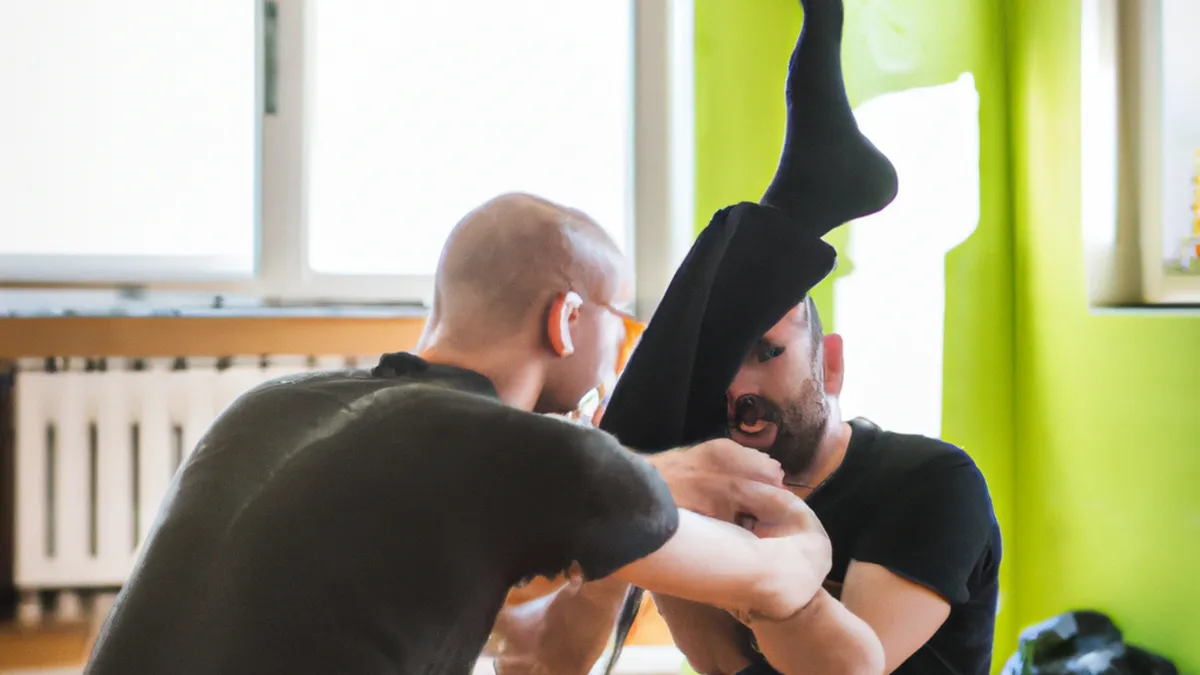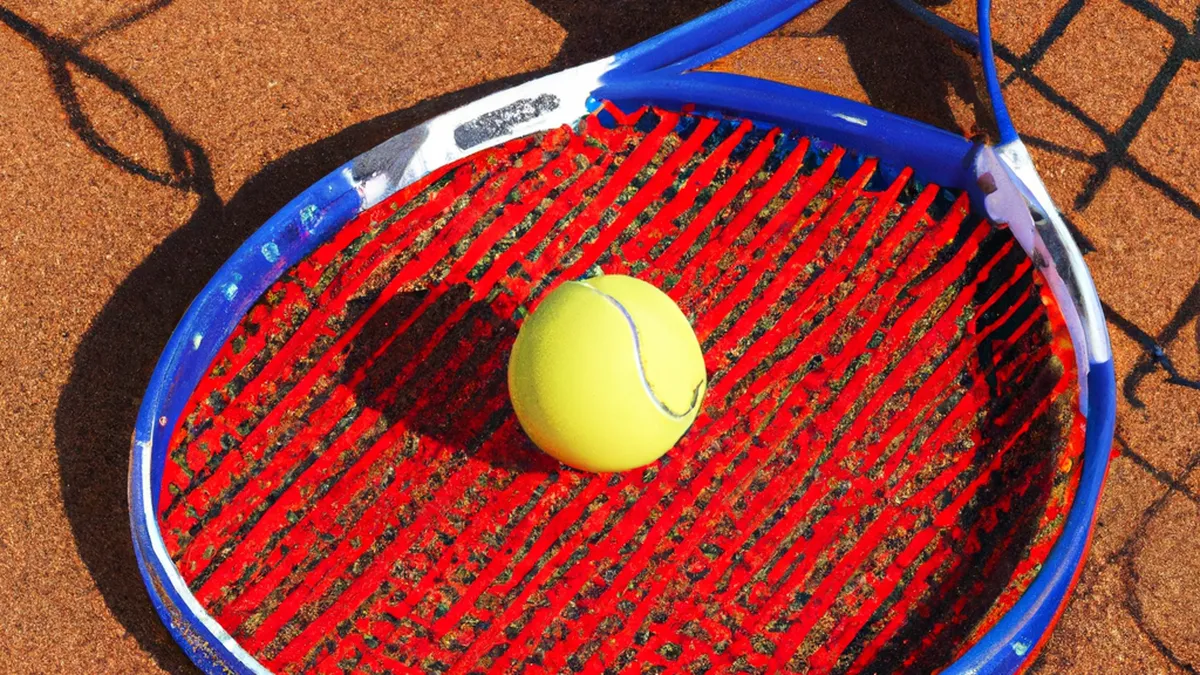Cool Down: Stretching After Intense Workouts
Stretching Techniques for Muscle RecoveryMuscle recovery plays a vital role in fitness, especially for athletes and enthusiasts. Intense workouts stress muscles, causing micro-tears that need care for effective healing. Stretching aids recovery and reduces soreness. This guide explores various stretching techniques, practical tips, and benefits of stretching.
Types of Stretching Techniques
Understanding different stretching techniques helps promote muscle recovery. Each technique offers unique benefits.
Static Stretching
Static stretching extends a muscle to its furthest point and holds for 20 to 30 seconds. Perform this technique after workouts when muscles are warm. For example, after a leg workout, hold a hamstring stretch while seated. Static stretching lengthens muscles, improves flexibility, and reduces injury risk.
Dynamic Stretching
Dynamic stretching involves controlled movements that take muscles and joints through their full range of motion. Use this technique for warming up before physical activities. Common dynamic stretches include leg swings, arm circles, and torso twists. These movements prepare muscles for exercise, increase blood flow, and enhance coordination.
Proprioceptive Neuromuscular Facilitation (PNF)
PNF stretching combines stretching with muscle contractions, often using a partner. For instance, stretch your quadriceps while your partner gently pushes against your leg. After holding the stretch, contract the muscle against the resistance, then relax and stretch again. PNF stretching enhances flexibility and promotes relaxation.
Tips for Effective Stretching
As an Amazon Associate I earn from qualifying purchases.
Gear tip: consider ems device, tens unit, and mobility sliders to support this topic.
Maximize stretching benefits with these practical tips. These strategies help you incorporate stretching into your routine.
Warm Up First
Warm up your muscles before stretching. A light jog, brisk walk, or gentle cycling increases heart rate and blood flow. Warm muscles stretch safely and effectively.
Breathe Deeply
Focus on your breathing during stretches. Deep breathing relaxes your body and mind, allowing for more effective stretching.
Conclusion
Stretching techniques significantly aid muscle recovery. Incorporate these methods and tips into your routine for better performance and reduced injury risk.
Below are related products based on this post:
FAQ
What is static stretching?
Static stretching involves extending a muscle to its furthest point and holding that position for 20 to 30 seconds. It is best performed after workouts when muscles are warm, helping to lengthen muscles, improve flexibility, and reduce the risk of injury.
What is the purpose of dynamic stretching?
Dynamic stretching uses controlled movements to take muscles and joints through their full range of motion. This technique is ideal for warming up before physical activities, as it prepares muscles for exercise and enhances blood flow and coordination.
How does PNF stretching work?
PNF stretching combines stretching with muscle contractions, often involving a partner. The process includes holding a stretch, contracting the muscle against resistance, and then relaxing to stretch further, which enhances flexibility and promotes relaxation.















Post Comment